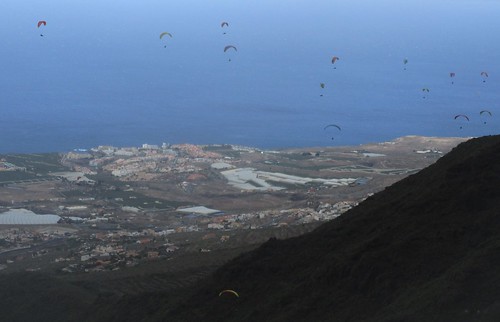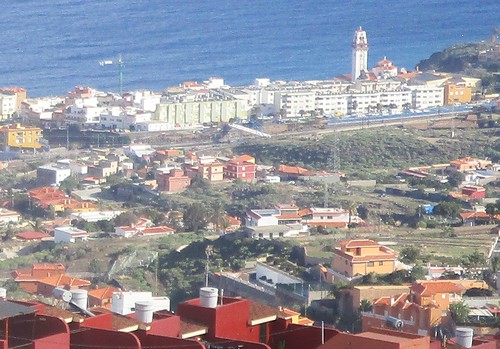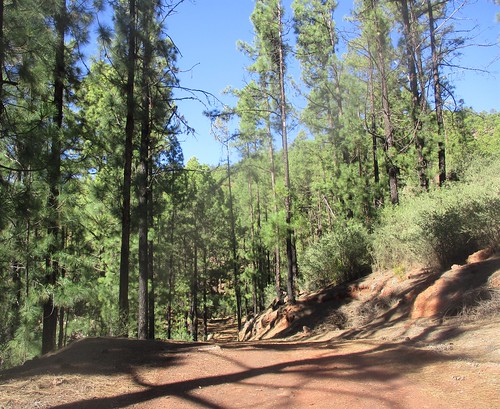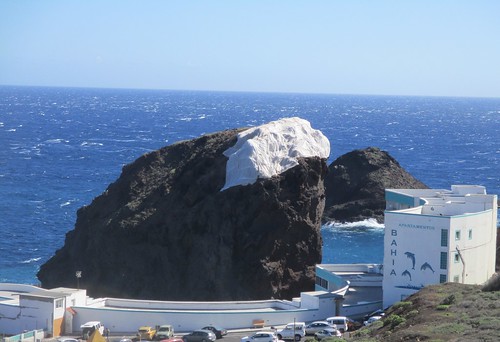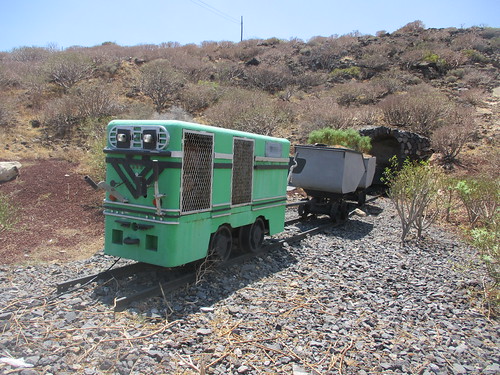
Chains of volcanic activity link Costa del Silencio to the modern golf course and marina in Amarilla, but in between, there´s a feast of challenges for walkers, swimmers, and rock climbers. Cresting the first gentle rise of an ancient eruption, it was good to see well signed walking choices close to the gentle lapping of the waves. Meandering around the edge of the calm sea, we soon spotted small rock pools, low stone walls, and wild bushes sprouting close to the water.

It´s a walk of many contrasts, small tourist trip boats passed slowly, just out to sea, and a few cyclists pumped their muscles on the undulating tracks. Low stone walls provided changes of tempo, whilst the prickly plants deserved some respect. The sea is the overwhelming star of the walk, , Pools (charcos) of trapped water were tempting several walkers to take a cooling dip, as the trail edged nearer the neat golf course. It was good to see that recent facelifts to the marina provided wooden seating areas, as the distant shape of Montaña Roja (red mountain) loomed large on the horizon.



For the return journey, there were other choices of which track to follow. The walk attracts a diverse range of devotees, a sports cyclist was getting hot under his lycra as a wheel hit a wobble. For walkers, a dip towards the shore line provides a challenging finish. The yellow mountain has been eroded and sculpted by the sea and waves, leaving a short but tricky descent over the polished rock surfaces. There was a mix of ages negotiating the final stage, I slithered down with the grace of a buffalo but emerged dry and in awe of natures handywork. There is another path just above the rocks, that brings walkers back to the starting point.


At a leisurely pace, it took us three hours, including a break at the marina, and brought us back to our starting pòint.






























